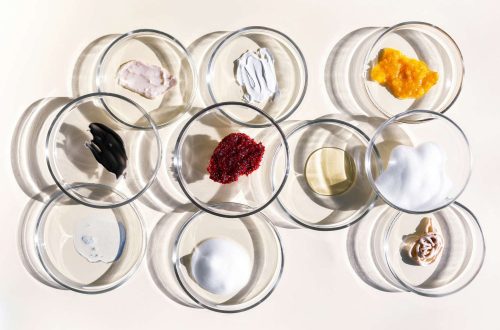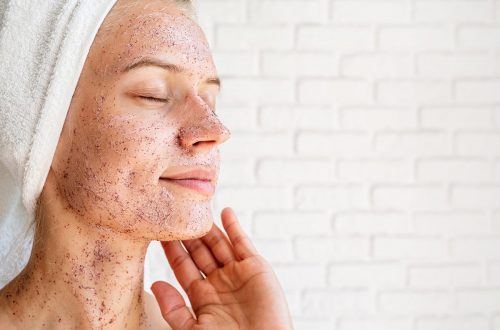ACNE ON THE FACE: CAUSES, TREATMENTS, AND REMEDIES
Several rashes, known as pimples, are caused due to the result of the common skin condition acne. A pimple is a blocked hair follicle under the skin that mostly affects the face.
Anyone can develop acne lesions, but teens and young adults are more likely to do so (acne affects 80% of people between the ages of 11 and 30), particularly women between the ages of 14 and 17 and men between the ages of 16 and 19.
Although it is not a dangerous illness, its most severe forms have the potential to leave behind deep, unsightly scars. The exact causes are unknown; likely hormonal changes, such as those associated with puberty and pregnancy, play a role, but in reality, the causes of the disorder are the source of many urban legends. For example, chocolate and fatty foods are frequently blamed for the disorder, even though little evidence supports this claim.
Another common misconception is skin impurities bring on that acne; in actuality, blackheads and pimples are not the results of poor hygiene. Although it can worsen acne, stress does not cause acne.
If you suffer from acne, it is recommended to:
- Cleanse the skin gently.
- Try not to touch the skin.
- Avoid the sun.
- Contact a dermatologist to set up a treatment that includes medications and creams.
Last but not least, remember that popping pimples increases the likelihood of leaving scars that will last a lifetime.
Acne is regarded as a condition affecting the pilosebaceous units. The pilosebaceous units, which are found all over the body, are made up of a sebaceous gland connected to a follicle that houses hair. These units are numerous especially in the face, upper back, and chest. Sebum, an oily substance produced by the sebaceous glands, normally enters the skin’s surface through the opening of the follicle (pore). Keratinocytes, which line the follicle wall, are these cells.
Acne’s early warning sign is the formation of a plug in the follicular canal, which is filled with hair, sebum, and keratinocytes. The plug stops sebum from passing through the pore and reaching the skin’s surface. Inside the clogged follicle, the combination of fat and cells encourages the growth of bacteria (species Propionibacterium acnes, P.acnes, frequent skin colonizers).
These bacteria produce chemicals and enzymes that summon blood leukocytes and cause an inflammatory response. Four signs identify inflammation as a type of tissue response to disease or trauma:
- swelling,
- redness,
- heat
- and pain.
When the walls of the clogged follicle rupture, the contents (sebum, cell debris, and bacteria) leak into the surrounding skin, giving rise to pimples.
Risk and predisposing factors
Although the precise underlying causes of acne are unknown, there are theories regarding the potential fusion and interaction of various factors.
A typical change in both sexes during puberty is an increase in androgens (male hormones, such as testosterone), which can enlarge the sebaceous glands and increase sebum production.
Acne can also be brought on by hormonal changes related to pregnancy or the beginning or end of pill-based contraceptive therapy.
The genetic component can also significantly impact the disorder’s genesis; according to scientific theory, parents can pass on their propensity for acne to their children. For instance, according to some studies, many school-aged boys with acne have a family history of the condition.
Lithium and androgens are two medications with a history of promoting acne. The follicular cells can change and become sticky due to greasy cosmetics, favoring plug formation.
We also mention the following among the factors that can exacerbate acne (i.e., not directly cause it to appear but have the effect of doing so):
- The 2–7 days before the start of the menstrual cycle, adolescent and adult women’s hormone levels change.
- oil found in workplaces (such as a chip shop’s kitchen) or skin care products (such as moisturizers or cosmetics),
- pressure from backpacks, tight necks, tight sportswear, helmets, or other sporting equipment
- irritations caused by the environment, such as pollution and high humidity
- acne manipulation (such as the practice of “popping” pimples),
- skin scrub,
- stress.


